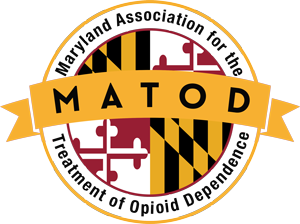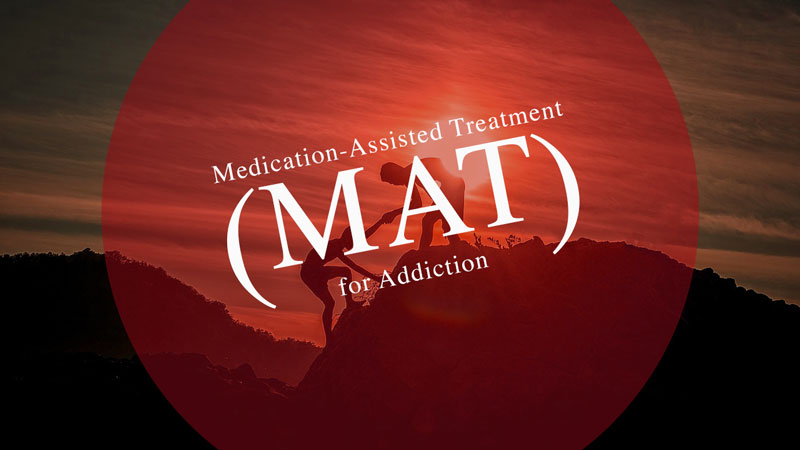Brief History of Opioid Addiction Treatment in the United States
In the late 1960s and early 1970s, media and public health reports warned about heroin addiction in large metropolitan cities among lower socio-economic groups. This led different cities throughout the United States to quickly open up methadone treatment programs, now referred to as OTPs, during the 1960s.
The foundation of methadone maintenance treatment was developed by Dr. Vincent Dole and his associates Dr. Marie Nyswander and Dr. Mary Jeanne Kreek at Rockefeller University in the mid-1960s. In the book, Addicts Who Survived: An Oral History of Narcotic Use in America, 1923-1965, Dr. Dole wrote,
“The problem was one of rehabilitating people with a very complicated mixture of social problems on top of a specific medical problem, and that [practitioners] ought to tailor their programs to the kind of problems they were dealing with. The strength of the early programs as designed by Marie Nyswander was in their sensitivity to individual human problems. The stupidity of thinking that just giving methadone to solve a complicated problem seems to me beyond comprehension.” (2)
In 1972, the Food and Drug Administration (FDA) published regulations for methadone treatment programs. However, there were no formal treatment guidelines until the Substance Abuse and Mental Health Services Administration (SAMHSA) published Treatment Improvement Protocol #1: State Methadone Treatment Guidelines in 1993.
In March 1990, the General Accounting Office (GAO) issued the report, Methadone Maintenance—Some Treatment Programs Are Not Effective; Greater Federal Oversight Needed, which was sent to the Chairman, Select Committee on Narcotics Abuse and Control, House of Representatives. The report noted that in spite of FDA and the Drug Enforcement Administration (DEA) having responsibility for methadone maintenance treatment programs since 1972, FDA’s oversight was lacking. This finding underscored the disparity of quality care offered through OTPs including subtherapeutic dosing and insufficient program services.
The GAO report provided several critical recommendations that guided future federal policy in this domain. “Standards should be based on results attainable from proven treatment approaches that combine appropriate doses of methadone and comprehensive rehabilitative services”.(3) The report also concluded that “greater program oversight is needed and should be based on performance standards.” Finally, the report made the following critical recommendation to federal agencies:
“To better monitor and assess methadone maintenance treatment programs we recommend that the Secretary of Health and Human Services direct the Food and Drug Administration or the National Institute on Drug Abuse, as appropriate, to: (1) develop result-oriented performance standards for methadone maintenance treatment programs, (2) provide guidance to treatment programs regarding the type of data that must be collected to permit assessment of programs’ performance, and (3) assure increased program oversight oriented toward performance standards.” (4)




Leave a Reply